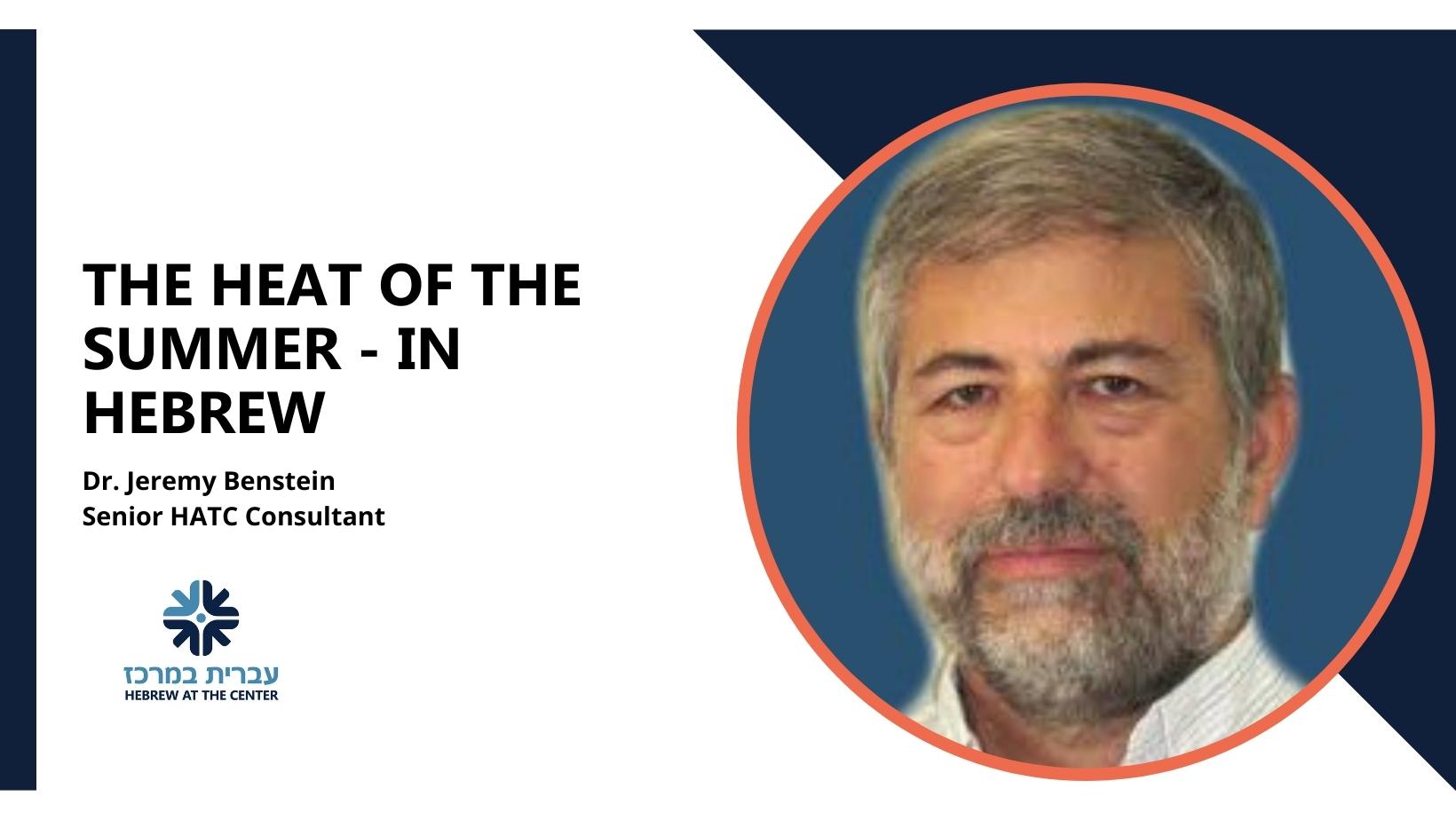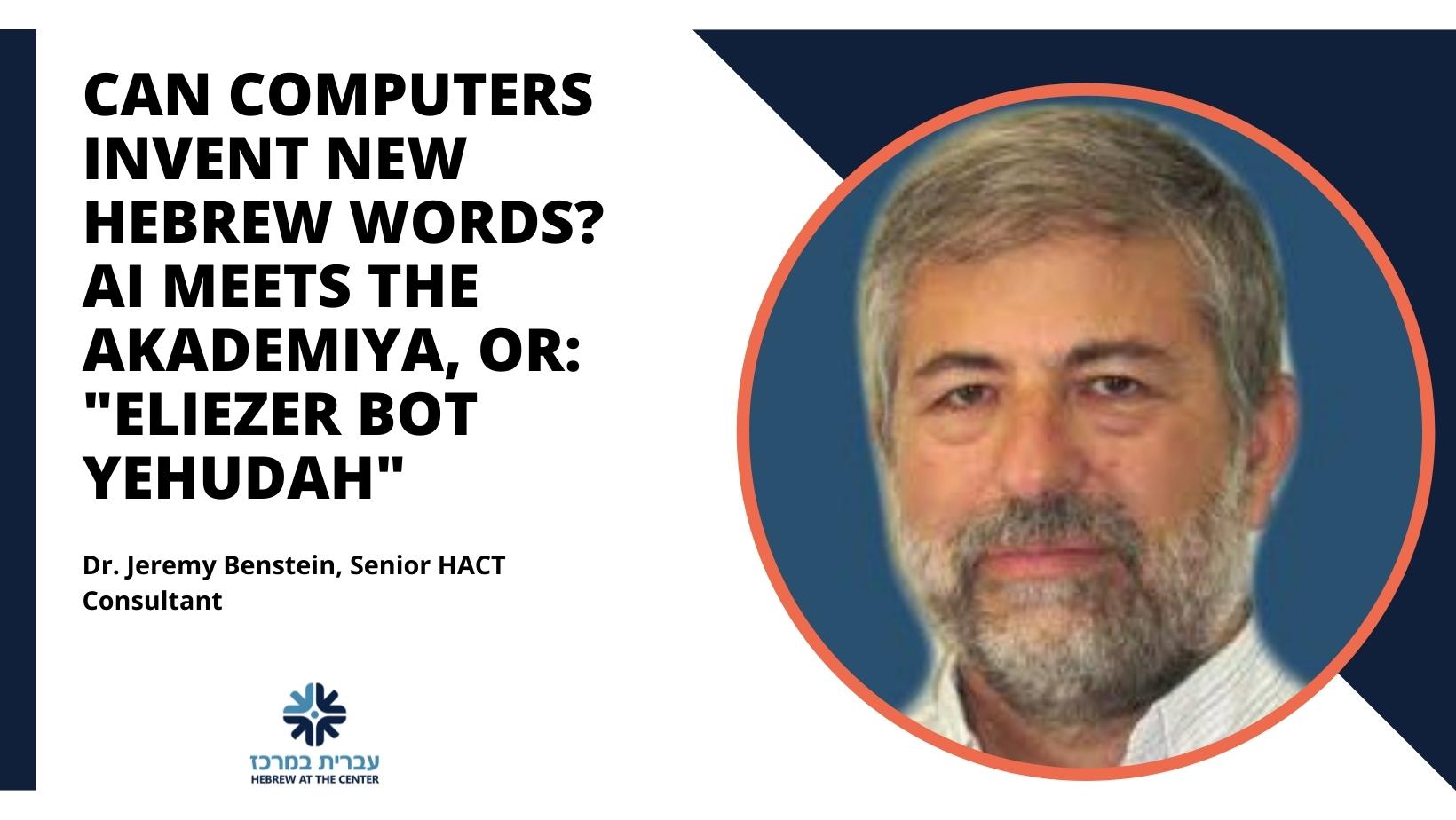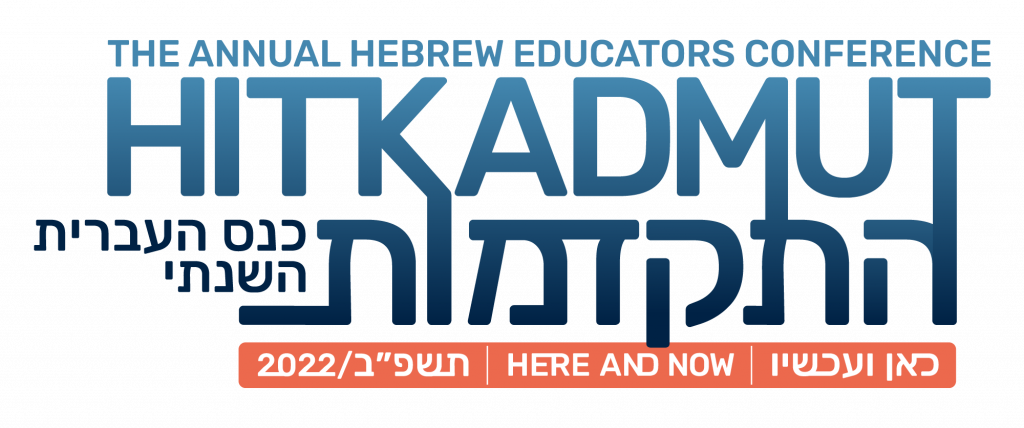This past June, HATC CEO Rabbi Andrew Ergas joined the Milton Gottesman Jewish Day School community to celebrate their successful completion of four plus years as the first school in the Leading in Hebrew initiative, a project that selects Jewish day schools with a strong commitment to Hebrew education and invests in them to become “demonstration schools.” These schools become models of excellence in Hebrew teaching and learning for other day schools and communities to emulate. These model schools demonstrate successful educational outcomes, which then catalyze similar outcomes in surrounding schools and the broader field. Data dissemination and guidance on curricular approaches will subsequently expand knowledge about Hebrew education to other communities in North America. The ultimate goal of this $1.3 million dollar project is to elevate the quality of Hebrew language teaching and learning such that Hebrew becomes an integral and elevated part of Jewish life in a community. Imagine the shift in the attitudes of parents, students, and the communities in which they live when day schools begin to graduate students with a passion for the language of the Jewish people, taught by Hebrew language teachers who model the best in both language education and education writ large. Consider graduates with a passion for the language of the Jewish people and an intimate understanding of Israeli culture, ready to contribute personally to strengthening bridges between America and Israel. Equally important, these schools will provide inspiration and a new, higher standard demonstrating what is in fact achievable, establishing expectations in North America that will have transformative implications for Hebrew education everywhere and a reframing of the North American Jewish community’s relationship with world Jewry and the Jewish state.
The team at Milton Gottesman Jewish Day School worked closely with HATC’s educators and professionals over the past four and a half years articulating a vision for Hebrew, developing work plans to bring that into reality, using assessment data to inform the pathway forward, and training teachers in a wide range of Hebrew language education pedagogy. This school has worked with the other Leading in Hebrew school, the Chicago Jewish Day School, to address shared or common challenges, present at conferences, and advance the field. Milton’s Hebrew leaders have also been trained as coaches in order to prepare them to both sustain the forward progress as the school moves into its next stage of work and share their expertise with other day schools in the community and beyond. In order to realize these successes has been even more challenging over the past two plus years, as both the school and HATC have wrestled with the numerous issues emerging from the pandemic. In reflecting on the work together, Milton Gottesman Jewish Day School Hebrew leader Aliza Sandalon shared, “I am grateful for HATC’s support, especially last year, in light of the difficulties our team endured.”
As a part of the concluding ceremony, Rabbi Ergas had dinner with the entire Hebrew faculty and joined them at a reception for school Board Members. At this gathering, two eighth graders reflected on their time at the school as they prepared to graduate, with their thoughtful and sophisticated presentations done completely in Hebrew. When Rabbi Ergas later addressed the school Board of Directors, he reflected on these students, saying, “While their Hebrew was beautiful, grammatically accurate, and showed great use of vocabulary, these two non-native speakers really demonstrated their love for the language and the sense that they were completely at home in Hebrew. This only comes out of the tremendous work that we have engaged in over the past few years and the deep commitment to excellence supported by teachers, administrators, parents, and the Board. This sets the bar for every other day school that wants to know that this is truly possible!”



